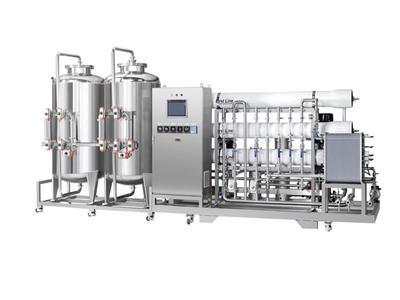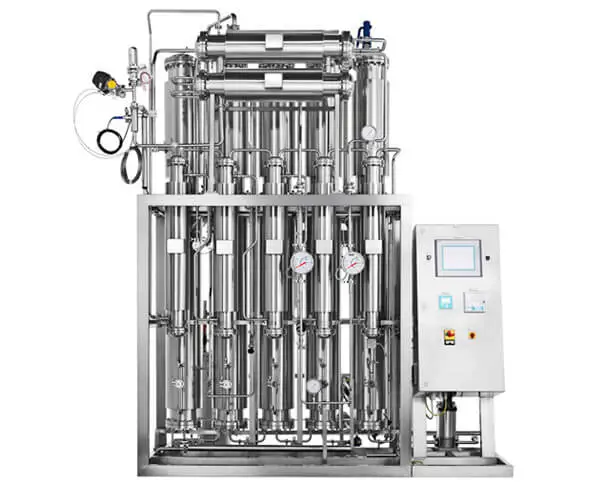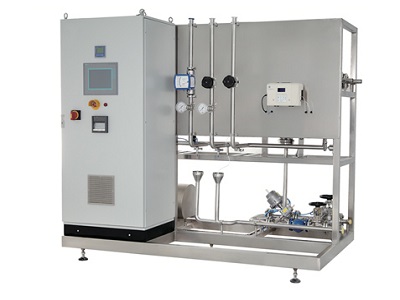Greenhouses have revolutionized agriculture, offering controlled environments that extend growing seasons and enhance crop productivity. In this sophisticated landscape, WIF (Water-to-Air) Heat Exchangers emerge as indispensable tools, playing a pivotal role in climate management to optimize conditions for plant growth. Let's explore how WIF Heat Exchangers contribute to creating an ideal agricultural environment within greenhouses.
Central to greenhouse climate management is the need for precise temperature regulation. WIF Heat Exchangers excel in efficiently transferring excess heat from the air to water and vice versa. This process ensures that the greenhouse maintains a consistent temperature conducive to the specific needs of different crops. The ability to modulate temperatures efficiently allows for year-round cultivation, providing farmers with the flexibility to grow a variety of crops regardless of external weather conditions.
Maintaining uniform temperatures is critical for the health and growth of crops. WIF Heat Exchangers contribute significantly to achieving temperature uniformity within the greenhouse. By distributing heat effectively, these heat exchangers create an environment where all plants receive the same level of warmth, fostering optimal growth conditions. This uniformity is particularly crucial for greenhouse agriculture, where variations in temperature can impact crop yields and quality.
The agricultural sector is increasingly emphasizing sustainability, and WIF Heat Exchangers align with this goal by promoting energy efficiency. By using water as a medium for heat exchange, these systems minimize energy consumption and reduce the reliance on conventional heating and cooling methods. This not only lowers operational costs for farmers but also contributes to a more environmentally friendly and sustainable approach to agriculture.
Beyond temperature, humidity control is another key aspect of greenhouse climate management. WIF Heat Exchangers aid in maintaining optimal humidity levels by efficiently regulating moisture in the air. This not only prevents the development of fungal diseases but also ensures the proper transpiration of plants. The ability to control humidity contributes to overall crop health, reducing the risk of diseases that could compromise yields and quality.
In the intricate dance of greenhouse climate management, WIF Heat Exchangers emerge as vital partners for agricultural success. Their efficiency in temperature regulation, promotion of temperature uniformity, commitment to energy efficiency, and role in humidity control make them indispensable tools for modern greenhouse agriculture. As the agricultural industry continues to evolve, the adoption of WIF Heat Exchangers signifies a commitment to sustainable practices and the pursuit of optimal conditions for cultivating a diverse range of crops in greenhouses.


